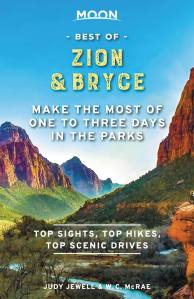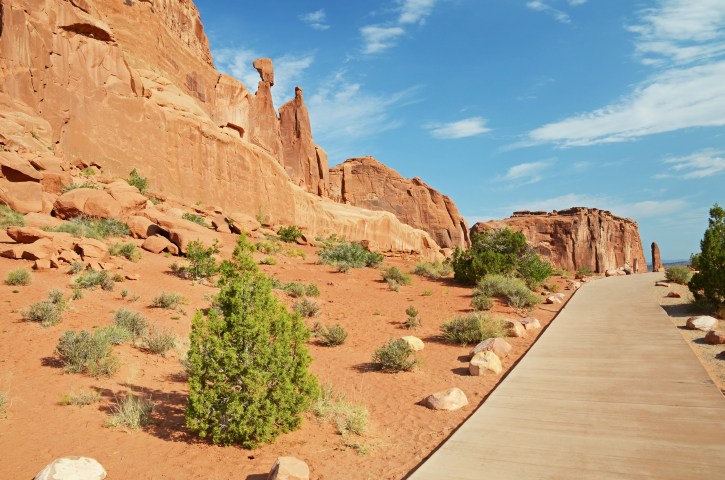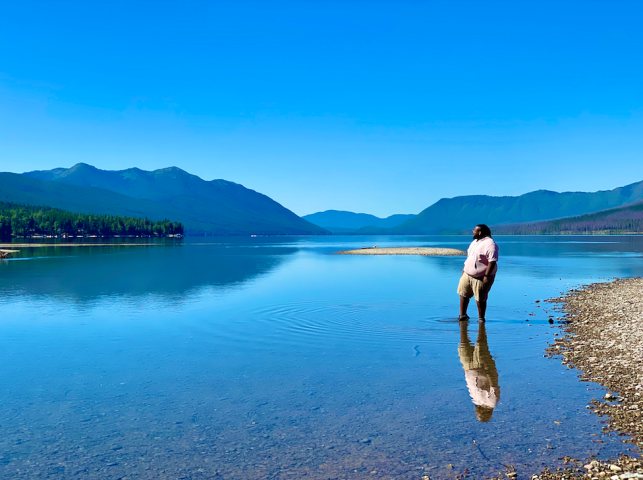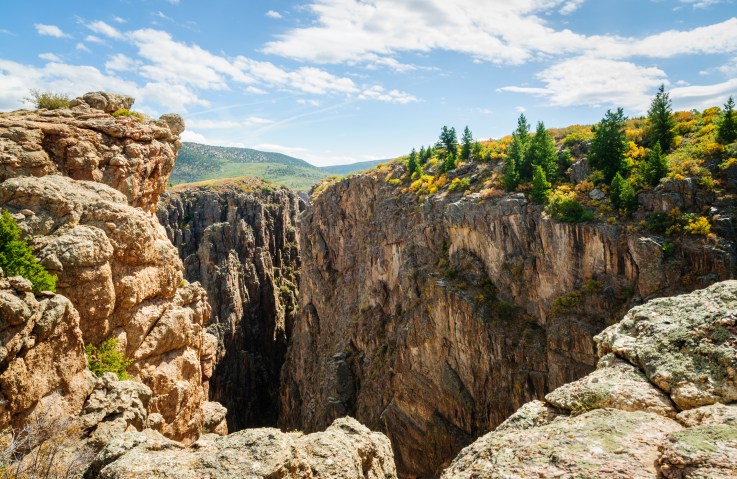Visiting U.S. National Parks in a Wheelchair
National parks are more popular than ever. But for wheelchair users, exploring the great outdoors can often be a challenge. Hiking on scenic trails, taking in phenomenal views, and camping come to mind when thinking of U.S. national parks—all of which can be hit-or-miss with accessibility at times.
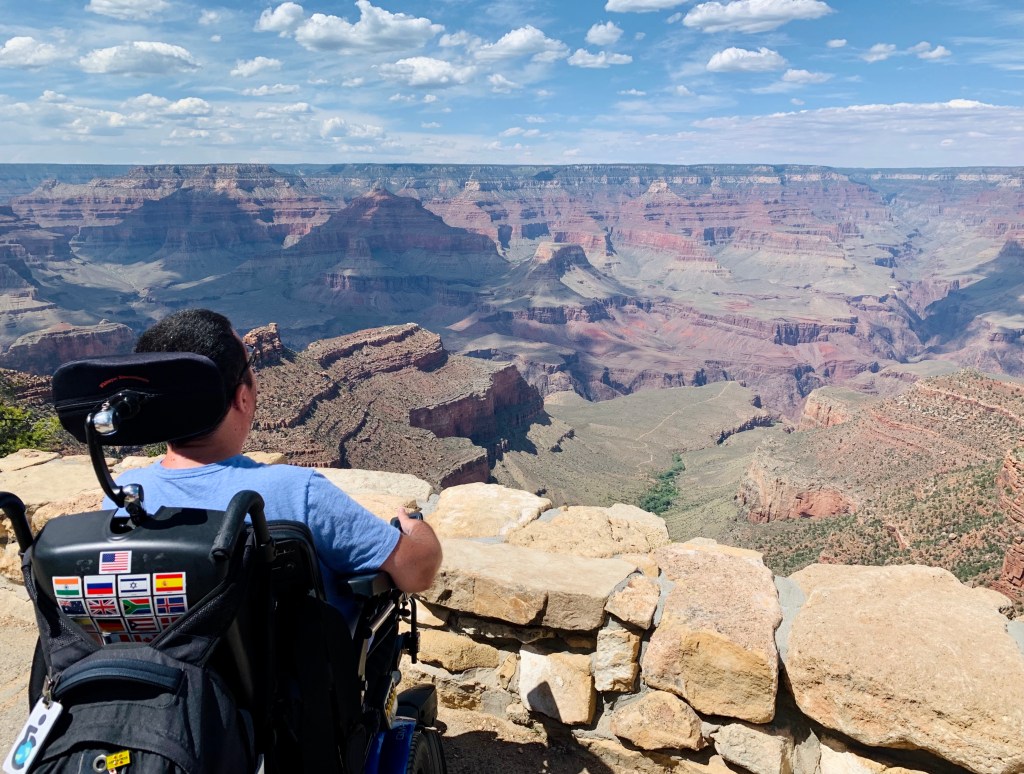
However, most national parks here in the U.S. have plenty to do for wheelchair users. It is completely possible to go hiking, take in the scenery, and more as a wheelchair user at the country’s best national parks, but these activities may just need to be done a bit differently.
If you are planning a trip to a national park, it’s important to do the proper research ahead of time, so that you can have a spectacular time once you’re actually there. With the five tips below, your trip is sure to be off to a great start! Here are five tips for visiting U.S. national parks in a wheelchair:
Get an Access Pass from the National Park Service
Entrance fees for national parks are usually between $10-20 per person, but with the Access Pass, wheelchair users and companions have free entry. If you have a permanent disability, you can apply for the National Park Service’s Access Pass for free in-person at any national park or apply online for just $10. The Access Pass will grant the person with a disability and up to three companions free entry to any national park, along with more than 2,000 recreation sites managed by five federal agencies. It also provides discounts on amenity fees such as camping, swimming, boat launches, and more. The Access Pass is good for a lifetime, making this a budget-friendly way to explore the many national parks and maybe even see them all.
Go beyond the designated ADA trails
There is nothing better than being in the great outdoors, and it’s even better when the outdoors can be enjoyed from an accessible trail. Luckily, most national parks have at least one ADA trail, but sometimes the best trails are the ones that are not designated as accessible. I have found great access on a number of trails that weren’t listed as being wheelchair accessible online, and I learned about them by talking to park rangers. Upon entering any national park, I love to head straight to the Visitor’s Center and ask the park rangers if there are any trails, aside from the ADA trails, that might be doable with a wheelchair. Sometimes, the trails that are recommended don’t work out, but sometimes they do. It’s always a lot of fun to at least try them out and possibly discover a new trail to keep going back to.
Explore multiple parks within one trip
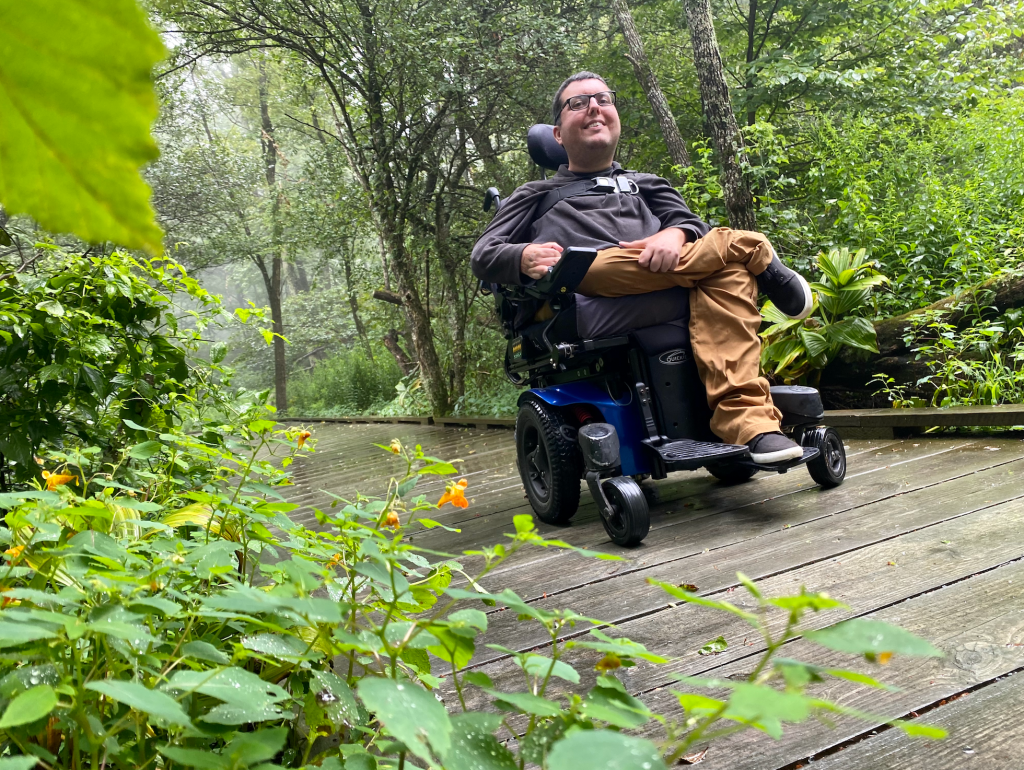
Every wheelchair user knows that flying comes with a plethora of challenges, so instead of planning multiple trips to national parks in one region of the country, it could be better to plan a longer trip and visit several national parks in one trip. For example, Utah’s Mighty 5 National Parks (Arches, Canyonlands, Bryce Canyon, Capitol Reef, and Zion) or even a southeastern road trip to the Great Smoky Mountains, Shenandoah, Mammoth Cave, and Congaree National Park are great trips. Why visit one national park when you could visit several?! Of course, you will need a wheelchair accessible vehicle, and if you’re flying in to the first destination, you’ll need a rental. Companies like MobilityWorks and Wheelers Van Rentals offer accessible van rentals all over the U.S. and are good places to start your research.
Book accommodations well in advance
Choosing where to stay in any destination as a wheelchair user can be tricky and time-consuming. Between trying to find a hotel or resort in the perfect location and finding an accessible room that will work for your needs, it can be quite the process. In many of the national parks though, including uber-popular parks like the Grand Canyon, there are lodges within the park. By staying at a lodge that’s within the park, you will have easy access to all of the most notable landmarks and vistas. While most of the lodges do have accessible rooms, they get booked up rather quickly due to the limited number of them—especially during peak season. If you are thinking of visiting a national park and want to stay in the park’s on-site accommodations, it’s important to reserve your wheelchair accessible room as far in advance as possible.
Be sure to pack the essentials
Whether you are heading out for a scenic drive or rolling on an accessible trail (no matter how short or long it is), be sure to pack all of the essentials and take them with you. For wheelchair users, essentials could include items like a seatbelt or Velcro strap to wrap around your chest on bumpy trails, a portable urinal (such as a TravelJohn or TravelJane) since public restrooms within the national park may not be the most accommodating, a transfer sling like the easyTravelseat if you’d like to get out of your wheelchair and into some water or somewhere else for a bit, and your wheelchair charger if you use a motorized wheelchair. After completing a longer trail, you may need to stop by a local restaurant or the Visitor’s Center and give your chair a boost. In addition to the previously mentioned items, you should pack everyday essentials like water, bug spray, and sunscreen as well. Packing essentials in a backpack is great because you can hang the backpack on the back of your wheelchair and be hands-free.
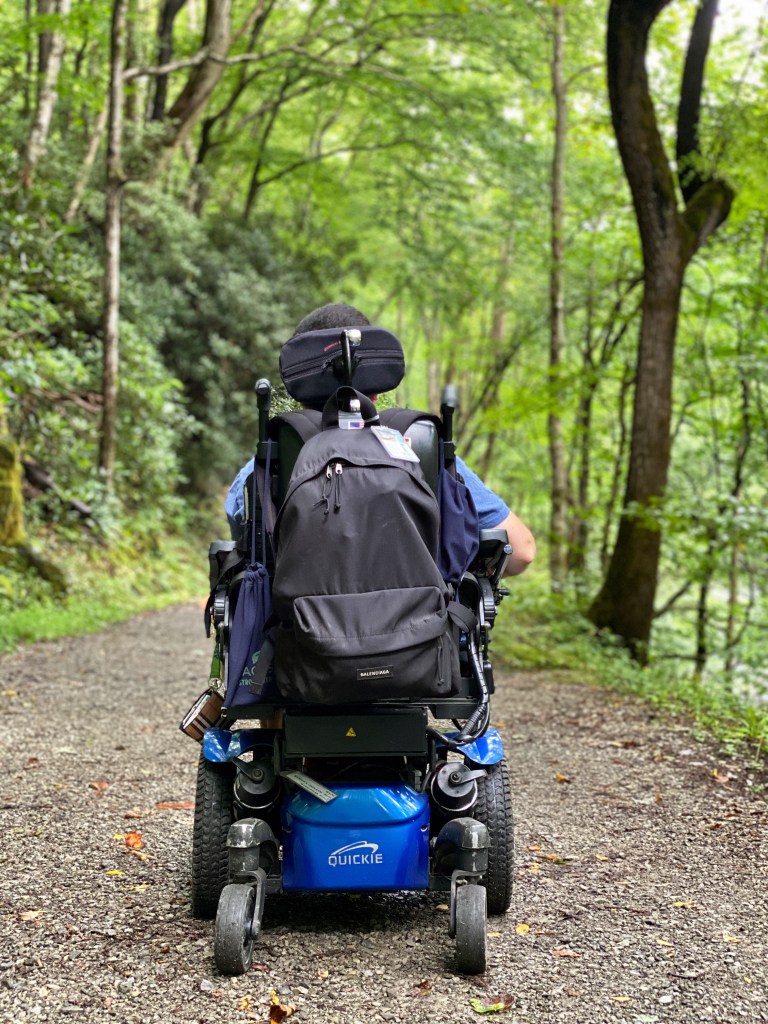
By following the above tips, you are sure to have a memorable trip to any national park as a wheelchair user. There are a variety of accessible experiences at U.S. national parks, from seeing gators in the Everglades to geysers in Yellowstone and more. Now that you have the above tips in your arsenal, it’s time to start planning your own accessible adventure.
About the author
Cory Lee’s thirst for adventure never ceased after being diagnosed with Spinal Muscular Atrophy at the age of two. He has traveled across all 7 continents in his wheelchair while managing to run his travel blog CurbFreeWithCoryLee.com, where he shares his accessible, and sometimes not so accessible, travel adventures with others.
Start planning your national parks getaway with these guides:
By clicking ‘Sign Up,’ I acknowledge that I have read and agree to Hachette Book Group’s Privacy Policy and Terms of Use
what to read next:
